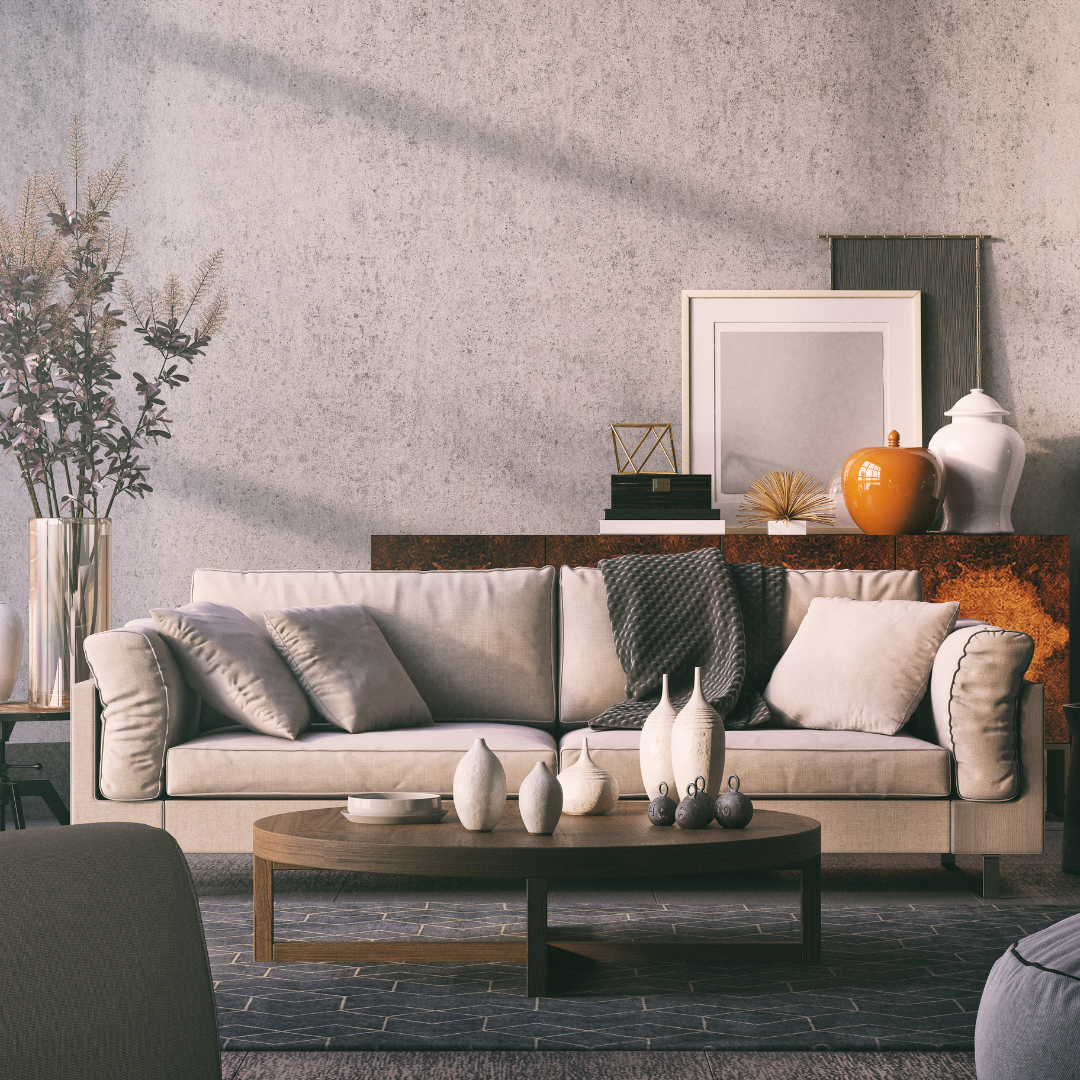
Living Smarter: The Revolution of Smart and Tech-Integrated Furniture
Share
In the fast-paced digital age, our homes are becoming increasingly interconnected, with smart technologies enhancing various aspects of our daily lives. One significant trend making waves in the world of interior design is the integration of technology into furniture. In this comprehensive exploration, we'll delve into the realm of smart and tech-integrated furniture, uncovering the innovations, benefits, and the transformative impact on modern living spaces.
The Fusion of Tech and Home Furnishings
In a world where smart devices have become ubiquitous, the integration of technology into furniture is a natural progression. Smart and tech-integrated furniture refers to pieces that go beyond mere functionality, seamlessly incorporating cutting-edge technologies to enhance the overall living experience. From sofas with built-in speakers to coffee tables with wireless charging pads, these innovations are reshaping the way we interact with our living spaces.
Smart Sofas and Intelligent Seating
The centerpiece of many living rooms, sofas are now getting a high-tech makeover. Smart sofas, equipped with integrated speakers, USB charging ports, and even built-in refrigerators, offer a blend of comfort and convenience. Intelligent seating goes beyond the basics, with features like temperature control, adjustable firmness, and even massage functions. These innovations not only cater to our relaxation needs but also contribute to a more connected and efficient lifestyle.
Connected Coffee Tables and Interactive Surfaces
The humble coffee table is evolving into a tech hub for the modern living room. Smart coffee tables with embedded touchscreens allow users to browse the internet, control smart home devices, and even play games directly from the table surface. Interactive surfaces, often powered by IoT (Internet of Things) technology, turn the coffee table into a control center, providing a futuristic and seamless way to manage various aspects of home automation.
Wireless Charging and Cordless Convenience
One of the most sought-after features in tech-integrated furniture is wireless charging. From nightstands to desks, furniture equipped with wireless charging pads eliminates the need for messy cords and adapters. This not only simplifies the charging process but also contributes to a clutter-free and aesthetically pleasing living space. As more devices become compatible with wireless charging technology, this feature is likely to become a standard in tech-savvy homes.
Smart Beds and Sleep Technology
The bedroom, a sanctuary for rest and relaxation, is not exempt from the influence of technology. Smart beds, equipped with sensors and sleep tracking technology, analyze sleep patterns and provide insights to improve overall sleep quality. Adjustable bases, integrated with voice-activated controls, allow users to customize their sleeping positions for optimal comfort. The marriage of technology and the bedroom is creating a new era of personalized and tech-enhanced sleep experiences.
The Rise of Voice-Activated Furniture
Voice-activated technology, popularized by virtual assistants like Amazon's Alexa and Google Assistant, is finding its way into furniture. From voice-controlled lighting systems integrated into tables to sofas that respond to verbal commands, the convenience of hands-free operation is enhancing the user experience. As natural language processing and voice recognition technology continue to advance, we can expect even more sophisticated voice-activated features in our furniture.
Security and Privacy in Smart Furniture
With the increasing connectivity of our homes, the issue of security and privacy becomes paramount. Smart furniture, often linked to home networks, collects data on user preferences and behaviors. As we welcome these technologies into our living spaces, it is crucial to prioritize robust security measures and transparent privacy policies to ensure that our personal data remains protected.
The Role of Artificial Intelligence
Artificial Intelligence (AI) is becoming a driving force in smart furniture design. AI algorithms can learn user preferences, adapt furniture settings accordingly, and even anticipate needs. From sofas that adjust to your preferred sitting position to tables that learn your daily routines, AI-powered furniture is creating a personalized and intuitive living environment, blurring the lines between technology and home furnishings.
Challenges and Future Prospects
While the integration of technology into furniture offers exciting possibilities, it also presents challenges. Issues such as compatibility, software updates, and the fast-paced nature of technological advancements can pose obstacles. However, these challenges are driving innovation, with furniture designers and tech developers working collaboratively to create solutions. The future of smart and tech-integrated furniture holds the promise of even more seamless integration, improved user experiences, and a broader array of functionalities.
Conclusion: Shaping the Future of Living Spaces
In conclusion, the evolution of smart and tech-integrated furniture represents a profound shift in how we interact with our living spaces. Beyond the novelty of gadgets, these innovations are fundamentally altering the way we experience comfort, convenience, and connectivity at home. As technology continues to advance, the boundaries between furniture and tech are likely to blur further, ushering in an era where our surroundings are not just functional but also intelligent, responsive, and tailored to our individual needs. The smart furniture revolution is not just a trend; it's a transformative force shaping the future of our homes.
